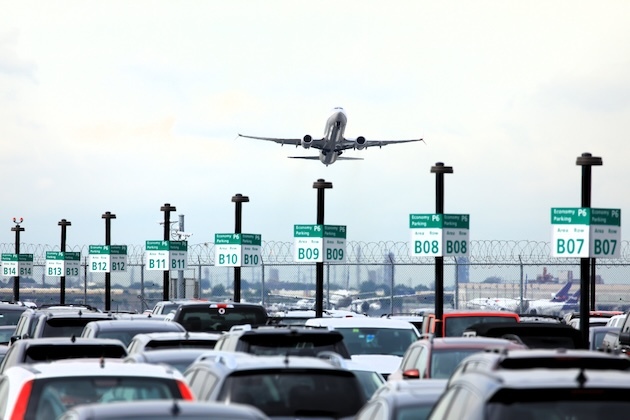Move FM Global News

Newark airport flight woes drive FAA to take drastic measures
May 12, 2025WASHINGTON, D.C.: The Federal Aviation Administration (FAA) says it is taking urgent steps to fix problems that have caused hundreds of flight delays and cancellations at Newark Liberty International Airport since April 28.
The FAA said it is increasing air traffic controller staffing, adding three new, high-bandwidth telecommunications connections, and deploying a temporary backup system to the Philadelphia Terminal Radar Approach Control that handles Newark traffic during the switch to a more reliable fiber-optic network.
The FAA has also decided to limit the number of incoming flights at Newark for now and may reduce them even further depending on weather, equipment issues, or staffing shortages.
These flight problems are costing airlines money and upsetting passengers. Lawmakers are demanding investigations, and angry customers may start choosing other airlines.
Last year, the FAA moved air traffic control for Newark to Philadelphia to help manage traffic and staffing issues in the busy New York City airspace.
Newark Airport has been dealing with runway construction, broken FAA equipment, and a shortage of air traffic controllers—all of which have exacerbated the situation and triggered calls for increased funding and a comprehensive review.
Transportation Secretary Sean Duffy said that on April 28, air traffic controllers lost radio contact with planes for 30 seconds, which raised serious safety concerns.
United Airlines CEO Scott Kirby told employees this week that all flights remain safe and that pilots are trained to quickly re-establish contact if it’s lost.
However, Kirby said United, which operates the most flights out of Newark, is cutting 35 more daily flights (approximately 10% of its schedule). He blamed a shortage of FAA controllers, saying 20% of them had stopped working.
The air traffic controllers’ union disagreed, saying those workers were on approved leave due to job-related injuries or stress.
United usually operates 440 flights a day from Newark. Following earlier cuts due to construction and additional reductions this week, the number of daily flights has now decreased to 293.
Reuters recently reported that major airlines are requesting that the FAA permit fewer required flights at crowded New York-area airports until at least October 2027 due to the ongoing controller shortage.
The FAA is now discussing with airlines whether to reduce Newark flights further to improve the situation.
Kirby wants the FAA to reinstate slot limitations at Newark to better manage traffic. “Other airlines simply backfill our flying when we reduce our schedule,” Kirby wrote. “In reality, only the FAA can actually fix (Newark).”


